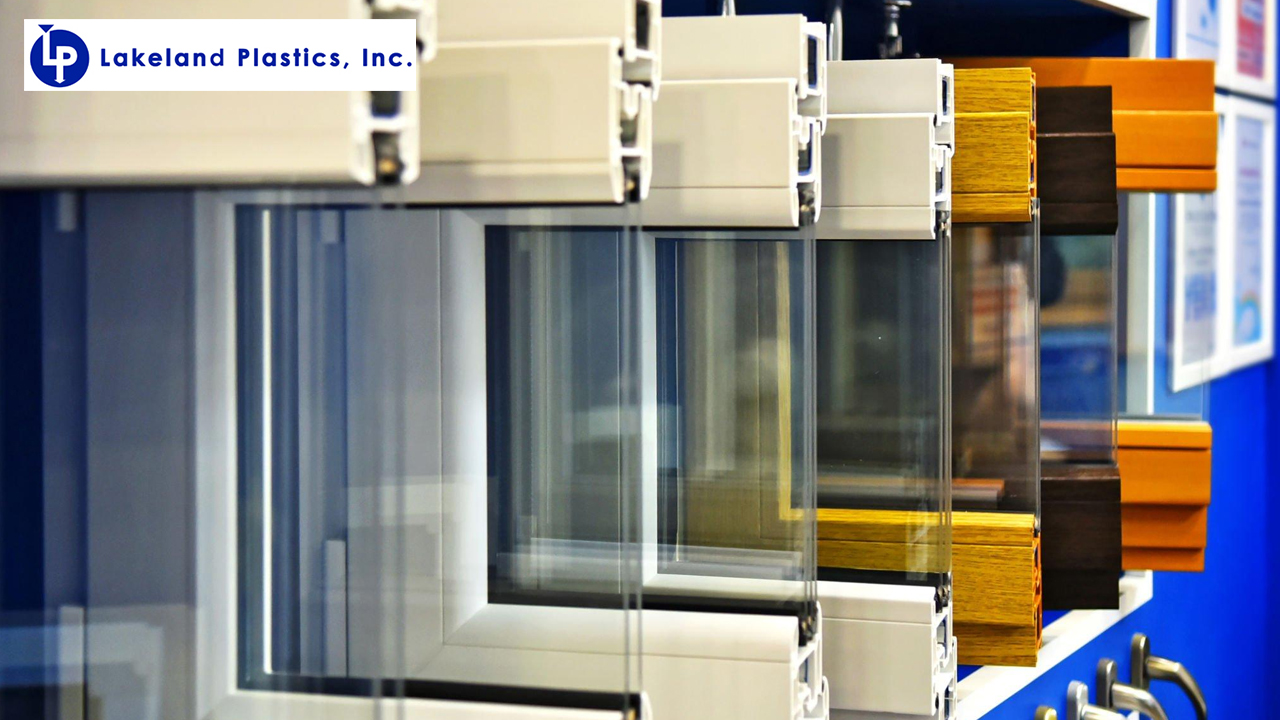Plastic extrusion for pipes, profiles, and custom shapes
Plastic extrusion for pipes, profiles, and custom shapes
Blog Article
Understanding the Fundamentals and Applications of Plastic Extrusion in Modern Manufacturing
In the realm of modern manufacturing, the strategy of plastic extrusion plays an instrumental duty. Unwinding the fundamentals of this procedure discloses the real adaptability and potential of plastic extrusion.
The Fundamentals of Plastic Extrusion Process
While it may appear complicated, the basics of the plastic extrusion process are based on relatively simple principles. It is a manufacturing procedure wherein plastic is melted and afterwards formed right into a constant profile with a die. The raw plastic product, frequently in the kind of pellets, is fed right into an extruder. Inside the extruder, the plastic undergoes warmth and stress, triggering it to thaw. The molten plastic is after that compelled via a designed opening, called a die, to create a long, constant product. The extruded product is cooled and then reduced to the preferred length. The plastic extrusion procedure is thoroughly utilized in various sectors as a result of its cost-effectiveness, adaptability, and effectiveness.
Various Kinds Of Plastic Extrusion Strategies
Building upon the basic understanding of the plastic extrusion procedure, it is required to check out the numerous methods entailed in this production technique. Both key strategies are profile extrusion and sheet extrusion. In account extrusion, plastic is melted and formed into a continual profile, usually made use of to produce pipelines, rods, rails, and window structures. On the other hand, sheet extrusion produces large, level sheets of plastic, which are commonly further processed into products such as food packaging, shower drapes, and car parts. Each method requires specialized machinery and accurate control over temperature level and stress to ensure the plastic preserves its shape throughout cooling. Understanding these strategies is vital to using plastic extrusion efficiently in modern-day production.

The Function of Plastic Extrusion in the Automotive Market
A frustrating majority of components in modern lorries are items of the plastic extrusion procedure. This process has actually changed the automotive sector, changing it into an extra reliable, cost-efficient, and adaptable manufacturing industry. Plastic extrusion is mainly used in the manufacturing of numerous auto elements such as bumpers, grills, door panels, and control panel trim. The process gives an uniform, regular result, making it possible for manufacturers to generate high-volume components with great accuracy and very little waste. The lightness of the extruded plastic parts contributes to the general reduction in car weight, improving fuel efficiency. Moreover, the durability and resistance of these parts to warmth, chilly, and effect improve the long life of automobiles. Hence, plastic extrusion plays an essential role in vehicle production.

Applications of Plastic Extrusion in Customer Item Production
Beyond its considerable influence on the vehicle sector, plastic extrusion shows just as effective in the realm of consumer items manufacturing. This procedure is essential in creating a wide array of check my reference products, from food product packaging to family home appliances, playthings, and also medical gadgets. The adaptability of plastic extrusion allows suppliers to create and create complex sizes and shapes with high accuracy and effectiveness. Due to the recyclability of many plastics, squeezed out elements can be reprocessed, minimizing waste and price (plastic extrusion). The adaptability, adaptability, and cost-effectiveness of plastic extrusion make it a favored option for several customer items manufacturers, contributing significantly to the sector's development and technology. Nonetheless, the environmental effects of this extensive usage require careful factor to consider, a topic click site to be gone over further in the subsequent section.
Ecological Effect and Sustainability in Plastic Extrusion
The pervasive use of plastic extrusion in manufacturing welcomes analysis of its ecological ramifications. As a process that regularly makes use of non-biodegradable products, the ecological influence can be significant. Energy usage, waste manufacturing, and carbon emissions are all concerns. Industry improvements are boosting sustainability. Efficient equipment decreases power use, while waste monitoring systems recycle scrap plastic, lowering resources demands. Additionally, the advancement of biodegradable plastics uses a more ecologically pleasant option. Regardless of these renovations, better technology is required to mitigate the ecological footprint of plastic extrusion. As culture leans in the direction of sustainability, suppliers need to adjust to remain sensible, stressing the significance of continuous research study and improvement in this field.
Conclusion
To conclude, plastic extrusion plays a vital duty in modern-day manufacturing, particularly in the auto and consumer items markets. Its adaptability enables the production of a vast array of components with high precision. Furthermore, its possibility for recycling and growth of eco-friendly materials uses a promising opportunity in the direction of sustainable techniques, therefore dealing with environmental concerns. Understanding the fundamentals of this procedure is vital to enhancing its applications and advantages.

The plastic extrusion process is extensively used in different markets due to its convenience, performance, and cost-effectiveness.
Building upon the basic understanding of the plastic extrusion process, it is needed to discover the different read this article strategies entailed in this manufacturing method. plastic extrusion. In comparison, sheet extrusion develops large, level sheets of plastic, which are usually further processed into products such as food packaging, shower drapes, and car components.A frustrating bulk of parts in modern automobiles are products of the plastic extrusion process
Report this page